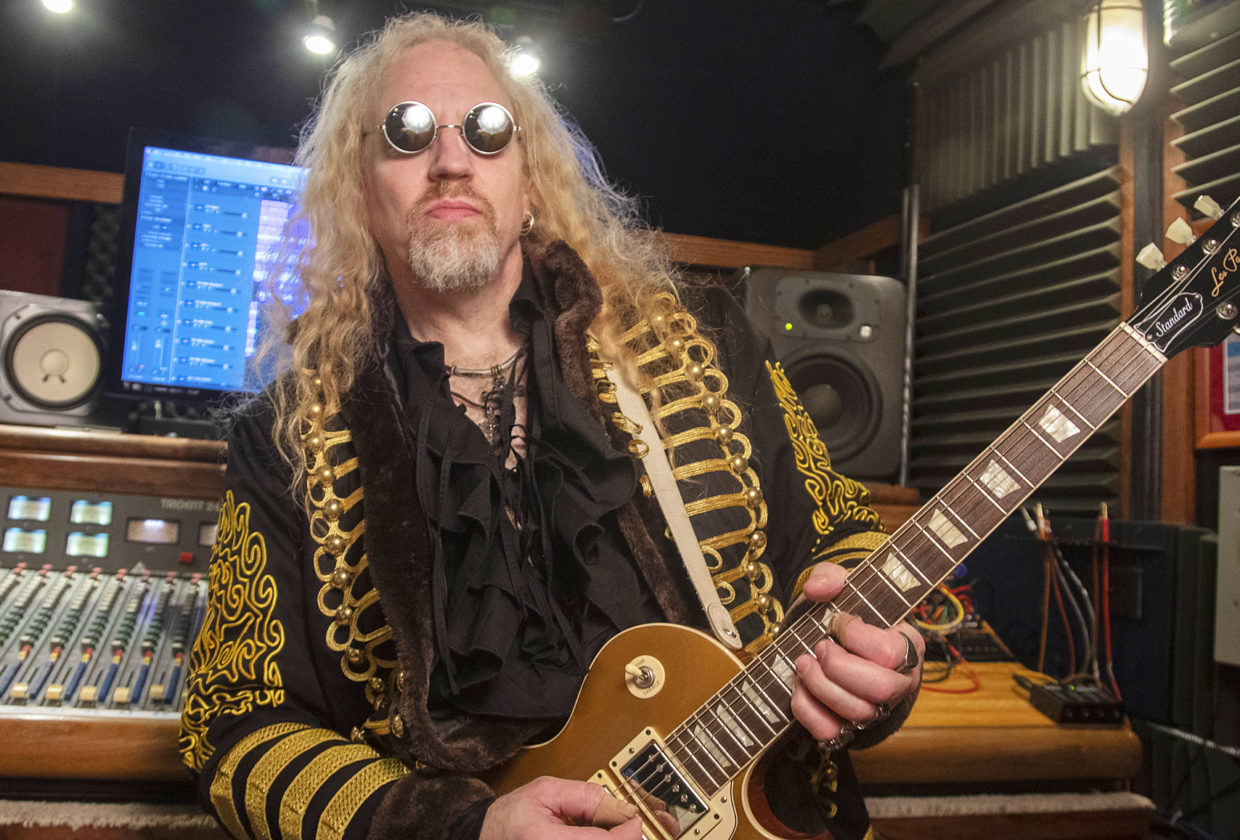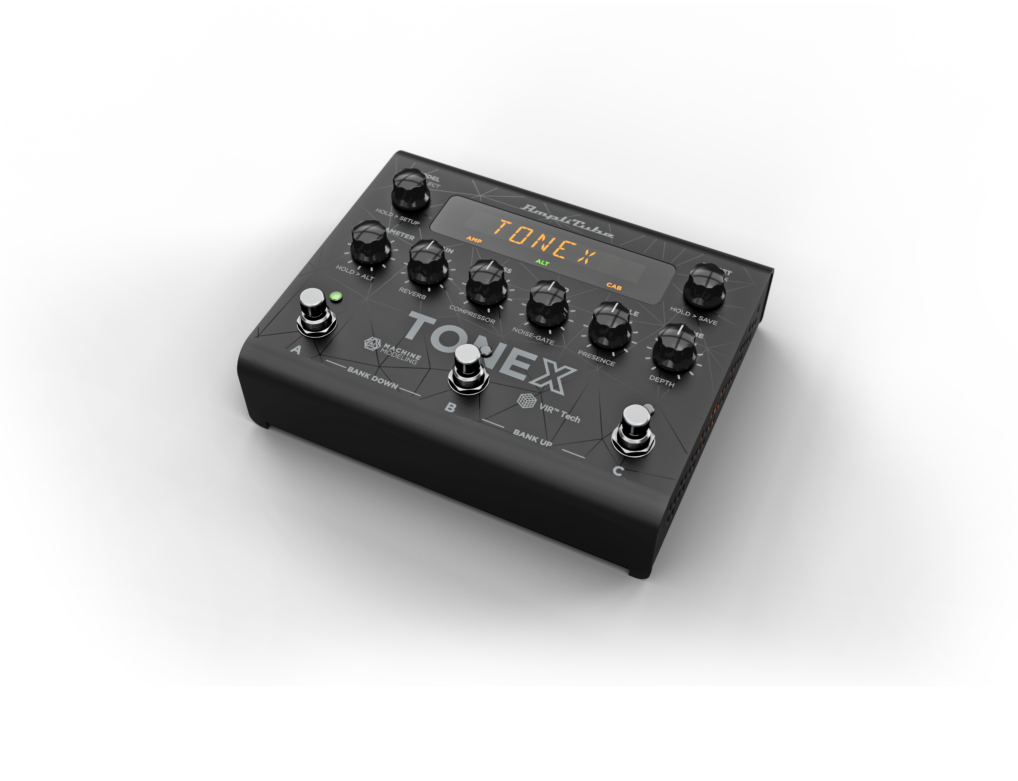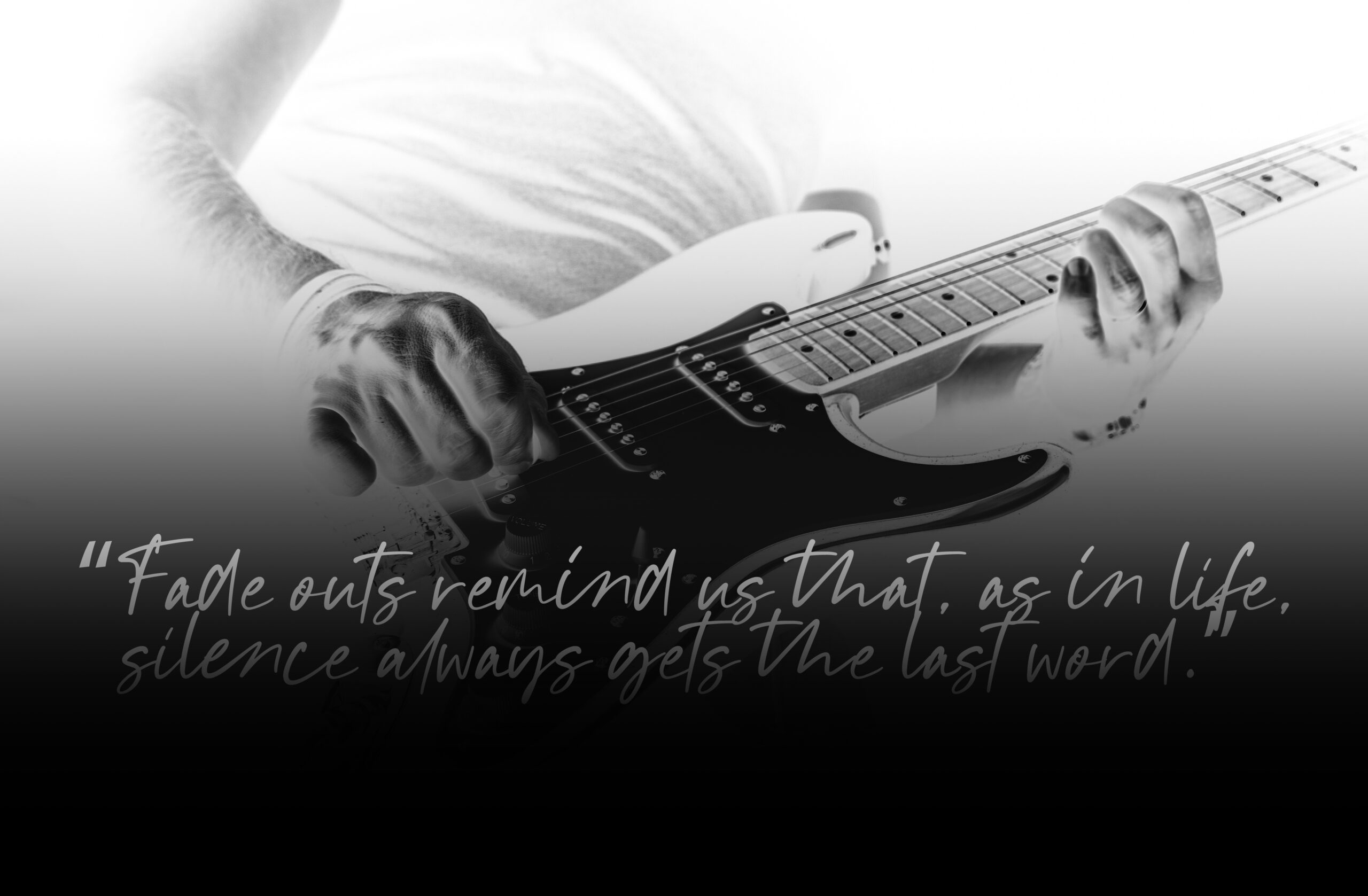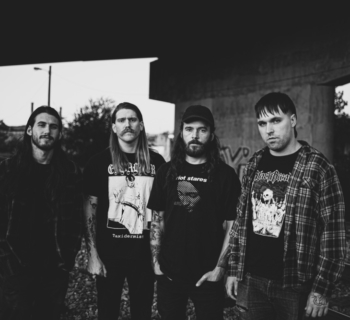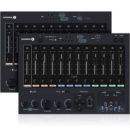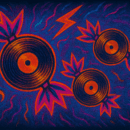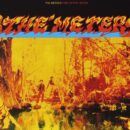Multi-Emmy-winning producer, engineer and musician Brian Tarquin has loved the guitar ever since he discovered it as a child. He felt equally passionate about audio gear when he happened upon his father’s reel-to-reel tape recorder around the same time. Throughout the mid-1980s Tarquin worked at a number of New York audio facilities, including jingle houses and the famed Electric Lady Studios. These days he creates largely in Jungle Room Studios, his audio abode in Saugerties, NY. Beyond his prolific solo career, he has worked with artists including Steve Morse, Billy Sheehan and Carl Verheyen. More recently he’s been active with albums to benefit veterans and victims of mass shootings, such as the 2017 Las Vegas tragedy.
His latest veterans benefit record, Brothers In Arms, is slated to drop in early 2023. It features exclusive tracks inspired by soldiers. Proceeds will go to the Fisher House Foundation, which provides housing to hospitalized veterans' families. Iconic players such as Joe Satriani, Vinnie Moore and Ron “Bumblefoot” Thal all contributed to the album, as did several others. “I’ve always had a soft spot for veterans,” Tarquin says. “My father served in World War Two and I was in ROTC (Reserve Officers’ Training Corps) in college. I remember seeing the Vietnam veterans returning and how sad that was; how they weren’t treated right. There were few services then to help vets. There wasn’t the outreach that there is today.
“For Brothers In Arms, I recruited as many people as I could,” he continues. “It was an honor to work with Joe Satriani and his ‘Speed of Sound’ was the first single. The way I usually create songs is to get the topic and then write it with the person I foresee to play on it [in mind]. For ‘Speed of Sound,’ I envisioned Joe playing it. For ‘Luxor,’ I saw Bumblefoot. Sometimes I write something for one person, but it works for someone else. You have to be flexible.”
Tarquin lived in Florida at the time of the Pulse nightclub mass shooting, and it pulled him in a slightly different direction. “I wanted to raise awareness about gun violence and how it’s getting worse,” he explains. “With everything that’s going on, things come and go so quickly, and people tend to forget what just happened; they become desensitized. For the Orlando record [2017’s Orlando In Heaven], I was fortunate to work with [jazz guitarist] Larry Coryell before he passed away. He understood everything and was probably one of the greatest artists I’ve worked with.”
Any record with more than a three- or four-piece band can become complicated quickly. Add an overseas orchestra and the complications can spike exponentially. When Tarquin enlisted the help of the Budapest Symphony Orchestra, he wasn’t surprised when challenges began to surface. “That was hard, because it was all done remotely and I had to get everything done on the first pass,” he recalls. “That was the first time I’d recorded anything long distance. I had to get the charts ready and, not being there, I had to be sure that everything was correct. I sent them a Pro Tools session, they recorded all of their parts and sent it back. There were 60 or 70 tracks with all of the different instruments: first- and second-string violins, cellos and so forth. You move one little thing and your whole song could be off.”
Despite his many years in the business, Tarquin was still able to draw new and interesting insights from working on benefit and tribute albums. “Camaraderie and cooperation between musicians is the most important thing,” he observes. “It’s always nice to see the whole community come together for this type of project. It seems that there’s so much division among people today. But with these, everyone was on the same page right away.”
Like many artist-built studios, Tarquin’s started as a tiny toon shed designed to meet his own needs. Gradually it evolved into the pro-level Jungle Room Studios that it is today. It began when he was living in a studio apartment in Hollywood that once housed the Doors’ frontman Jim Morrison. “I had a four-track cassette recorder then and a QuadraVerb,” he recollects. “Then I got a better mixer and a reel-to-reel player. I moved to the Valley and added more outboard gear. I kept building over the years, and when I bought a house in Woodland Hills I really began to expand. In the early days of digital, people were dumping much of their analog gear, so I was able to grab pieces. It’s now a 26-foot mobile studio. The trailer was built in Orange County specifically for recording.”
A career track that he’s found lucrative is scoring for film and TV. Indeed, Tarquin’s work in this area has earned him three Emmy Awards. But he didn’t develop that arm of his business from his studio in Saugerties. He admits that would have been a challenge. “If you’re just starting out, L.A. would be the place to go,” he asserts. “Back in the late ‘80s and early ‘90s, no one cared about scoring. Working in a jingle house was one of my earlier jobs, I got turned on to scoring through that and learned a lot of lessons there. It was like on-the-job training. Several of the scores I got into were because [shows] were playing my albums–I had a successful smooth jazz career. It all grew from that.”
Among the biggest obstacles he faced early in his career was navigating the sometimes treacherous waters of the music business. “When I was coming up, there were so many people who didn’t tell me how it really worked,” he laments. “For instance, ‘What is ASCAP, BMI or SESAC and why should I care which one I join?’” Over the years he became adept at negotiating those waters and shared his knowledge in his 2014 book The Insider's Guide to Music Licensing. He’s also published others on home recording and his Guitar Encyclopedia.
Contact bhpmusic@gmail.com
Visit briantarquin.com
bhpmusic.com, connect.fisherhouse.org/campaign/BROTHERS-IN-ARMS
Watch the official video for “Speed of Sound” featuring Joe Satriani from Brothers In Arms:

